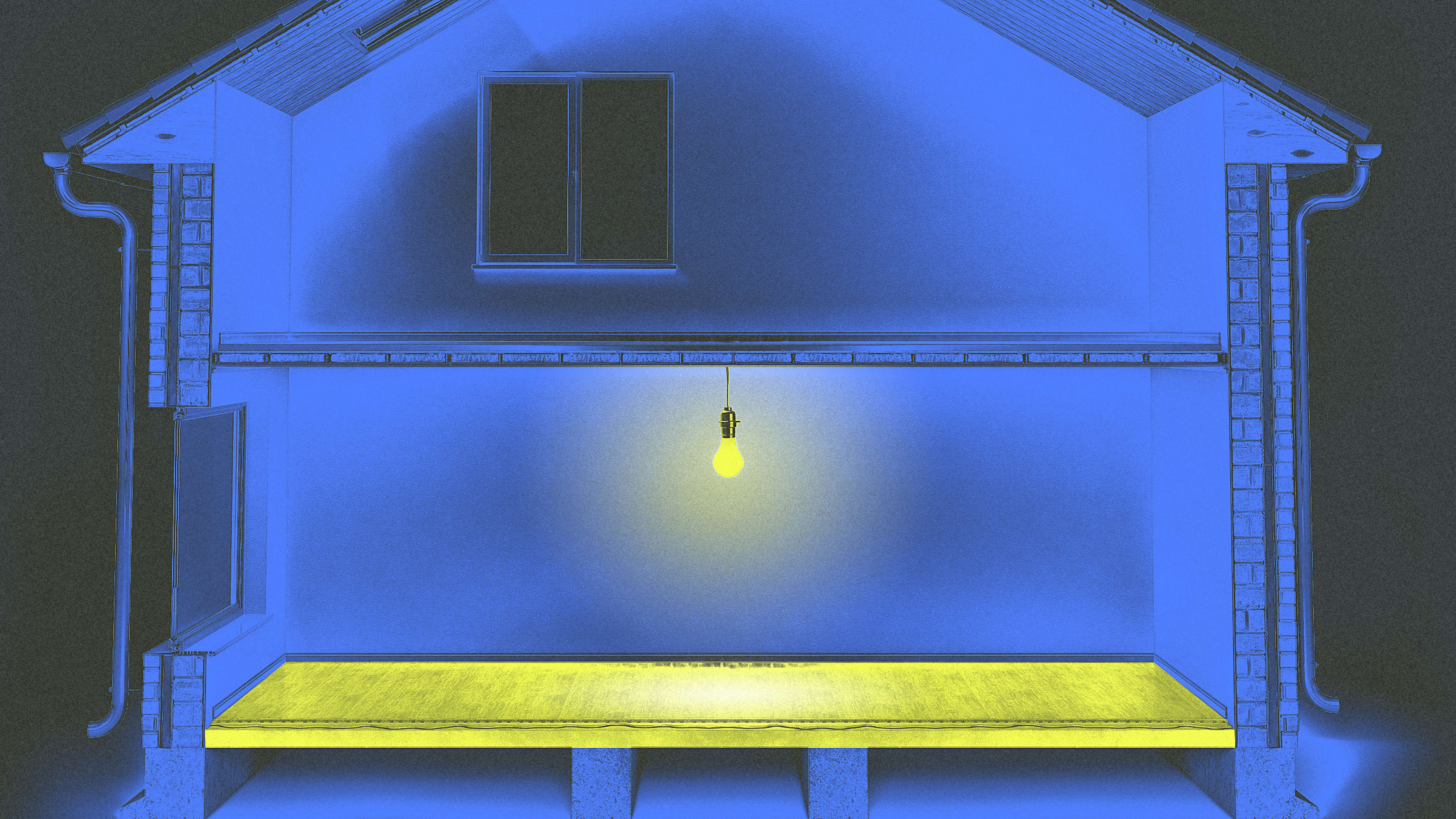In a video from Swiss researchers, someone steps repeatedly on a small square of wood flooring that is wired to a lightbulb, and with every step, the light bulb flickers on. Just by walking on the wood flooring, the person has generated electricity.
This works through something called the triboelectric effect, which is a way to generate electricity by transferring electrons from one material to another, usually because of the way those materials rub together (think static electricity). Though using this effect isn’t completely new—triboelectric nanogenerators have been used before in flooring and even wearable fabric—the researchers, from the Wood Materials Science Laboratory at the ETH Zürich university and the Swiss Federal Laboratories for Materials Science and Technology in Dübendorf, were able to actually make their generator out of wood, using a sustainable material that could become part of smart buildings of the future. The researchers published their work on their nanogenerator in the journal Matter.
Most triboelectric nanogenerators use synthetic materials— like teflon or silicone—to conduct their electricity; these are called “triboactive” materials. Wood isn’t a great material for this because it’s basically neutral—it neither attracts nor loses electrons. A triboelectric nanogenerator needs to use one material that does each, in order to generate a charge. To get around this, the researchers changed the wood’s triboelectric properties, coating one piece with a silicone and the other with nanocrystals called ZIF-8, which includes metal ions and organic molecules.
[Image: Sun et al.]They tested different woods and even different cuts of wood, because the direction the wood is cut had an effect on that electricity generation; radially cut spruce performed the best. Since they used wood as a “scaffold” to host those triboactive materials, they could use less of those synthetic materials, says Guido Panzarasa, senior author of the study and group leader in the Wood Materials Science Laboratory. “Not only did we actually gain insight on the role that wood can have in a triboelectric generator, we also made a nanogenerator which is really made mostly of wood,” he says, compared to previous nanogenerators for which those other, synthetic materials make up a higher content.
This research is still early. The prototype they made, which was smaller than a piece of paper, was able to generate enough electricity to power an LED lamps and small electronics like a calculator, but it’s difficult to estimate how much energy an office floor full of this material could generate, Panzarasa says, because so many factors come into play—how many people are walking on it, for example, and how often, the size of the space, and so on. Next, Panzarasa and his team are looking to find more eco-friendly coatings for the wood, and make these nanogenerators easier to scale to an industrial level.
“The idea is that by being able to transform a material which is at the same time natural, renewable, sustainable, and CO2-storing…to equip such a material with the ability to generate electricity just being walked upon, then this of course could be—without sacrificing its positive properties and especially its sustainability—a groundbreaking technology in terms of increasing the energy efficiency of buildings,” he says.
Recognize your brand’s excellence by applying to this year’s Brands That Matter Awards before the early-rate deadline, May 3.
